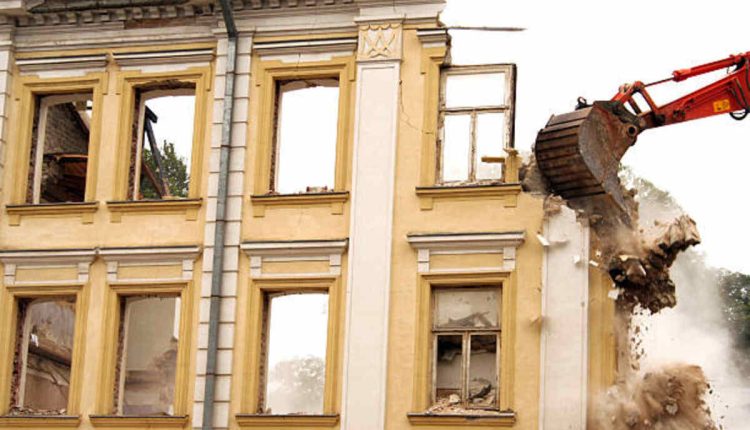Selective demolition can be used when only specific parts of a structure must be altered or demolished, providing flexibility, sustainability, and efficiency. Best way to find the Stockton Demolition Contractor.
Preserving historical elements of a building and making space changes without disrupting other components are all achievable with sustainable design practices. Furthermore, this reduces waste by identifying materials for reuse or recycling and saving them before throwing them out as trash.
It’s Cost-Effective
Selective demolition can be more cost-efficient than full demolition as you only remove components that need to be taken down – for instance, if your home was damaged in an earthquake or hurricane, you might need to destroy some aspects in order to make it structurally sound again. Furthermore, selective demolition helps minimize the waste produced; full demolishing usually leads to scrap metal being hauled off to be recycled later; this method allows more items to be saved and reused when demolishing only what needs to come down.
Selective demolition is an effective method for protecting historic architectural elements during renovation or adaptive reuse projects, as well as room additions that minimize their impact on existing buildings. Furthermore, selective demolition may be suitable for commercial spaces requiring upgrades or renovations without disrupting normal business operations.
An experienced team of demolition contractors can perform this type of work safely and efficiently, taking all necessary precautions to protect workers. Furthermore, they can offer advice on how to utilize the space best once demolition has taken place. When hiring one for your project, they must possess experience, equipment suitable for it, as well as appropriate licensing and certification to do their work safely and efficiently.
It’s Eco-Conscious
Selective demolition differs from other forms of demolition in that it focuses on the disassembly of specific components for reuse in future construction, thus significantly decreasing waste produced during the process and aligning your project with eco-friendly building practices.
Old wood may be recycled and reused in walls or roofs. Furthermore, it could also be recycled and repurposed into furniture or flooring applications. Concrete and steel can also be recycled rather than thrown away and made anew; some demolition companies utilize energy-efficient equipment with electric or hybrid power in order to reduce carbon emissions during demolition processes.
Selective demolition is more environmentally conscious than whole-building demolition because it preserves more of a building’s historical features, especially for older structures with significant architectural or historic value. Furthermore, selective demolition makes structural modifications easier without impacting other parts of the building, such as adding rooms or creating space for expansion. It may also be more cost- and time-effective because demolition crews only need to focus on those parts or areas of a building that must be taken down.
It’s Safe
Demolition can be challenging, but its success relies on careful preparation. A risk analysis should be completed prior to commencing any work, and a schedule should be established to keep things moving smoothly. Plumbing and electrical services will also need to be shut off, capped off, and transferred prior to any demolition activities commencing – this helps ensure everyone remains safe throughout the project while no harm comes to either individuals or buildings themselves.
Selective demolition companies specialize in carefully disassembling materials and components without damaging the superstructure to minimize waste. By taking this approach, they also save usable materials that can be repurposed later for future projects.
Selective demolition can often be the best solution when remodeling historic properties, as this type of destruction requires skill and attention to detail, which many traditional demo companies need to provide. Speak to your local demolition company about what selective demolition services they can offer you and your property today – they can help prepare it for an en suite extension or make minor upgrades like clearing asbestos from an older factory building.
It’s Effective
Sometimes, a building may not need to be demolished in order to make changes and updates, with selective demolition providing the option of making these modifications while keeping costs and waste down while potentially repurposing materials.
As part of this process, a team of professionals will identify salvageable materials that can be reused and carefully disassemble only those parts of a building that need to be taken down. This helps reduce waste that needs to be hauled off-site while adhering to green construction practices.
Homeowners looking to renovate their buildings may benefit from using this approach, while businesses that need to adjust how their building functions may also find it helpful.
Selective demolition can also be used to dispose of harmful substances like asbestos from structures safely. This allows you to keep the integrity of the building intact while safely disposing of hazardous materials that could endanger workers or the local environment.
Read also: What Is Underwater Demolition?


